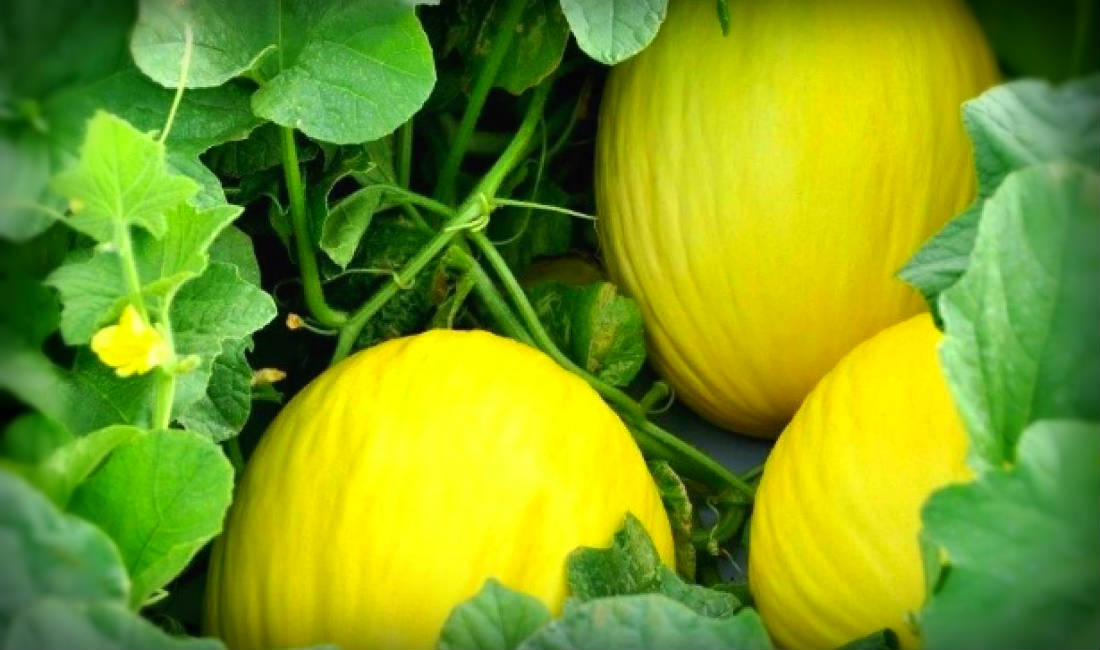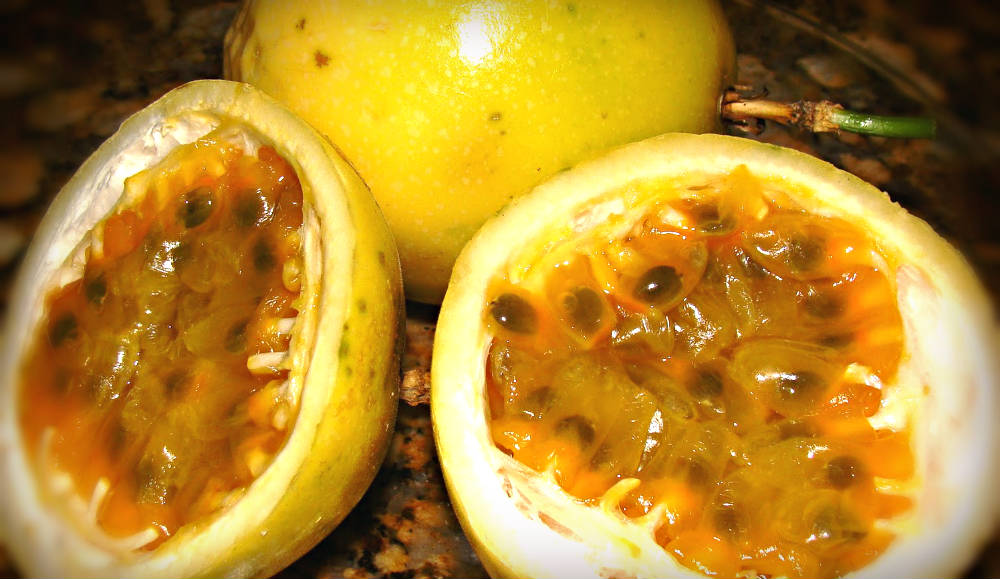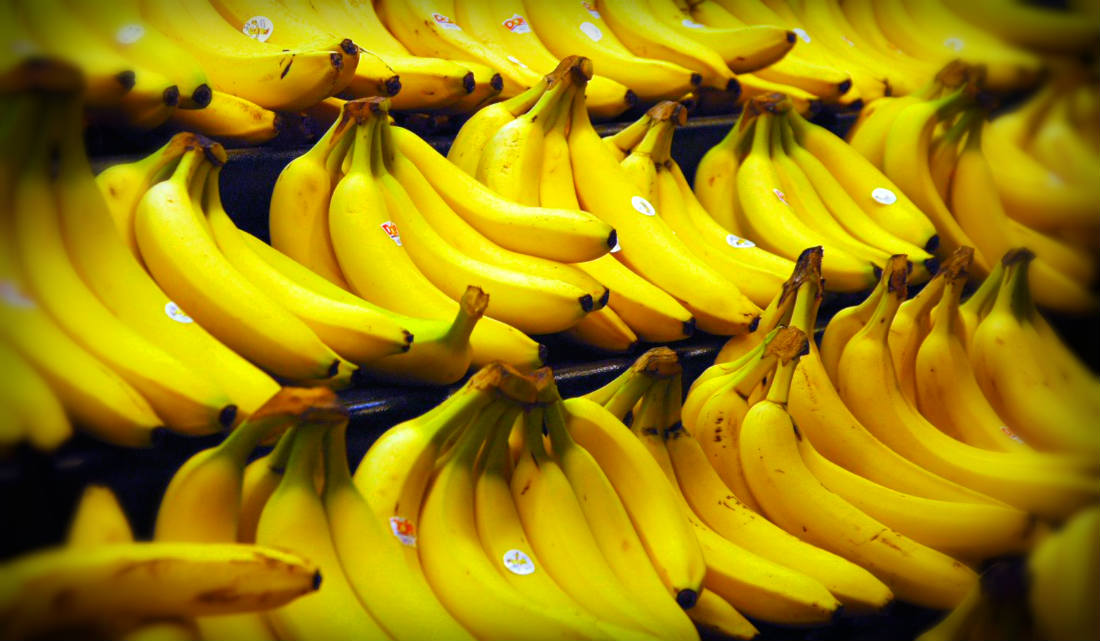Anúncios
The quest for healthier and more sustainable eating has led many people to reconsider the way they use food. Although organic foods are indeed more expensive, it is possible to offset this cost by making full use of fruits and vegetables, including parts that are often discarded, such as pineapple stems and peels.
These often overlooked parts have equal or even greater nutritional value than the pulp, making them a valuable option for those looking to maximize nutrition and reduce waste.

Nutrients Present in Pineapple Peels
Among the many fruits that can be used in their entirety, pineapple stands out for its peels, which are rich in essential nutrients. Pineapple peels contain the same nutrients found in the fruit's pulp, such as vitamins, minerals and antioxidants. These nutrients are beneficial to health, contributing to strengthening the immune system, improving digestion and even promoting healthy skin.
When you discard pineapple peels, you’re missing out on a valuable opportunity to incorporate these nutrients into your diet. Contrary to popular belief, pineapple peels can be used in a variety of ways in cooking, providing both flavor and nutritional benefits.
Pineapple Peel Jam Recipe
A practical and delicious way to use pineapple peels is to turn them into a sweet treat. This recipe not only allows you to make full use of the fruit, but also creates a tasty and nutrient-rich dessert.
To prepare the sweet, you will need chopped pineapple peels, sugar, grated coconut, margarine and cloves. Start by peeling the pineapple and washing the peels well. Then, boil them with a little water, blend the mixture in a blender and strain it. The part that remains in the strainer is what you will use to make the sweet. Heat this mixture in a pan, add sugar, margarine, grated coconut and cloves, and stir constantly until the sweet starts to come away from the bottom of the pan.
This recipe is a great way to reduce waste and enjoy all the nutritional benefits that pineapple peels have to offer. Plus, when you make the jam, you can use the strained juice to make a refreshing drink, ensuring that nothing goes to waste.
Recycling in the Kitchen
Food recycling goes beyond simple reuse; it is a sustainable practice that can be incorporated into anyone's daily life. In the case of pineapple peels, by using them in cooking, you are contributing to the reduction of organic waste and, at the same time, enriching your diet.
In addition to being sweet, pineapple peels can be used to make teas, juices, and even marinades, where the nutrients are extracted and incorporated into the main dish. These simple and effective practices help transform what was previously discarded into something useful and nutritious, benefiting both your health and the environment.
Benefits of Recycling Pineapple Peels
Recycling pineapple peels is not only beneficial for your health, but also for the planet. By reducing food waste, you are helping to reduce the amount of waste in landfills, helping to preserve natural resources and reduce greenhouse gas emissions. In addition, using food in its entirety is a way of honoring the work of farmers and valuing the resources we have at our disposal.
From a nutritional standpoint, recycling pineapple peels allows you to reap the benefits of fiber, which helps improve digestion and promote satiety. The fiber present in the peels also helps regulate blood sugar levels, making this practice especially beneficial for people with diabetes or those seeking to maintain a balanced diet.
Incorporating Food Recycling into Your Routine
Adopting a food recycling practice, such as using pineapple peels, is easier than it seems. Start by incorporating small changes into your routine, such as using fruit and vegetable peels in recipes or as a base for broths and teas. Over time, you will notice that these practices not only reduce waste, but also make your meals more tasty and nutritious.
For those who want to explore the potential of pineapple peels even further, there are a variety of recipes and techniques that can be tried. From desserts to main courses, the peels can be used in countless creative and delicious ways.
Food recycling is a powerful practice that can transform your diet and contribute to a more sustainable planet. By making full use of pineapple peels, you are not only maximizing the nutrition you receive, but also doing your part to reduce food waste. Incorporating these practices into your daily routine is a simple but significant step towards a healthier and more conscious lifestyle.
Learn how to make other arts by recycling, Click here.
Check out interesting facts about recycling clicking here.




